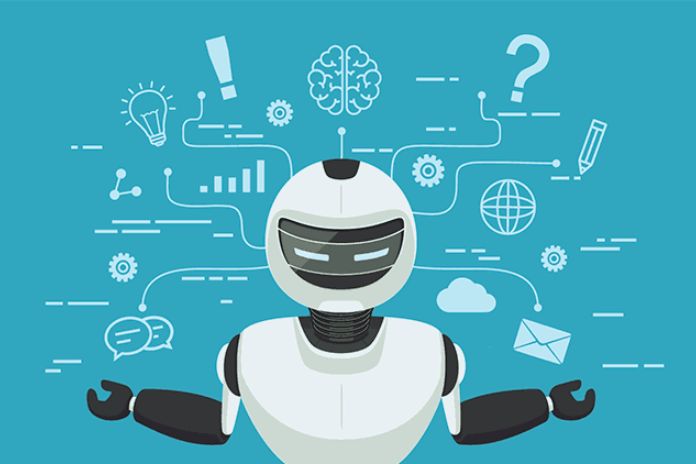Do you know what machine learning is? It is a technology that aims to analyze large amounts of data quickly and automatically to deliver assertive results.
If we stop to reflect for a moment, the technology services and products considered most disruptive today have machine learning in common!
This is the case with Netflix when it “knows” which movie to tell you to watch that Sunday afternoon. Or when Spotify hits the nail on the head regarding a playlist.
Another example that combines data and machine learning is Waze, which can update a suggested route in real-time. This GPS does this based on data generated by numerous users, converting this information into assertive paths to save time and gasoline.
And the stakes for the future of interaction between brands and people are even more enjoyable. If we live in the era of voice experiences, the end will bet on using visuals with augmented reality.
Supervised Learning
In supervised learning, the computer needs a “teacher.” This means that the machine needs a data input and will be programmed to have a known output. In other words, the computer uses already-known data to predict likely futures for the prediction of credit transactions that can be frauds, for example.
Another example: imagine that you have a women’s clothing store and you need the computer to recognize photos of dresses, the garment of most significant interest to your customers. You would have to insert a set of images with the tag “dress” into the machine’s system. Then, you would have to insert a collection of images (blouses, pants, etc.) and identification “non-dress.”
Thus, the algorithm would learn and identify patterns that characterize a dress. Later, when the machine had contact with other images with these patterns, it would already recognize these pieces as being dressed.
Unsupervised Learning
Let’s continue imagining the hypothetical situation of the women’s clothing store. In this method, the two sets of images without the “dressed” and “undressed” tags are inserted into the computer. So the machine can identify patterns among the photos and figure out what is and isn’t dressed.
Learning By Effort
This method is mainly used in robotics and games and uses punishments and rewards for the computer to learn. Thus, the machine learns through trial and error which actions produce the most tips until it reaches the ultimate goal.
An example of this artificial intelligence is the game Pokemon Go, which became a fever in 2016 and allowed you to point your cell phone at the street and see virtual pets. But one of the biggest promises of augmented reality comes from Google.
The company has already announced initial tests with the Google Maps application, which will allow when pointing the camera at the street, the application reads the environment and shows the person which way to go! This will be great for those who fumble all over to read maps, for example.
The Importance Of Machine Learning To Generate More Business
Today, companies of all sizes can acquire machine learning tools to optimize internal processes and business intelligence.
But, in addition to the internal aspect of the company, such technology also needs to extend outside the company to be helpful to people. After all, today’s consumer is more connected than ever and expects brands to offer quick and accurate answers increasingly.
Machine Learning Applied To Digital Marketing
Have you ever stopped to think about how much data we produce? It is estimated that over 2.5 quintillion bytes of data are produced per day! In other words: more than 90% of the data produced in the history of all humanity were generated in recent years!
Data is paramount for marketing people to ensure assertive results without being based on guesswork! Thus, these professionals analyze and learn from the results to generate new insights.
In this way, machine learning is a technology that can bring ideas for better-targeted actions and, consequently, more business opportunities!
More Assertive Ads
Can you imagine having to manually analyze the billions of data on the internet one by one to define which audience is best to advertise to? It would be practically impossible!
Thus, the algorithms carry out this analysis, helping professionals make the most proactive decisions, leaving the area of guesswork. And the best: the algorithms do it very quickly, which would be incapable for a human being.
An example is the Google Ads algorithm, Google’s ad platform. According to the company, it analyzes 70 million signals in as little as a tenth of a second!
Process Automation
As already seen, machine learning also makes it possible to optimize time and work. With this technology, it is possible to shoot several emails simultaneously without sending them one by one, for example.
Using email marketing automation tools, it is possible to identify consumption patterns and other valuable information from leads and customers.

